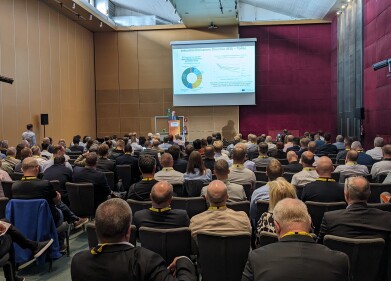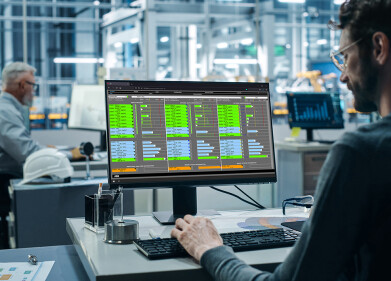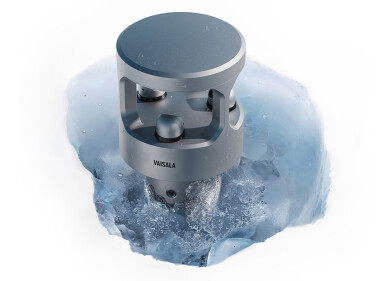Air monitoring
Conference to highlight how industries can reduce pollution levels
Feb 02 2022
It might come as a surprise to some that the clothing and textiles industries are among the most polluting on the planet. However, the sector contributes as much as 10% of all greenhouse gas emissions in the world, as well as being responsible for various other types of air pollution. What’s more, the disposable nature of modern consumer culture means that it generates a substantial amount of waste, as well.
These days, it has become highly unfashionable to wear an item of clothing until the end of its lifespan. Indeed, many people buy a t-shirt, dress or other garment with the express intention of wearing it just once before throwing it away. This culture of instant gratification and the constant need to impress has led to an excessively high turnover of products in the clothing industry.
Furthermore, this apparel is all too often made from cheap and low-quality materials which carry a high plastic content. Even while they are being used, they can expel tiny microplastics into the environment through the process of washing and drying, with the particles eventually finding their way into the ocean. Scientists are already working on advanced techniques to address this growing problem, but the best solution would be to stop it at source.
Meanwhile, the fact that many of the factories which produce these clothes are in impoverished countries is another troubling aspect of the industry. Though the labour is cheaper in such places, the environmental standards are also generally laxer and the factories which produce the clothing generally rely on damaging forms of energy generation, such as coal and oil. This contributes further to their pollution footprint.
In order for the fashion industry to enhance its environmental credentials, major brands must take responsibility for the pollution they create. While many do currently have Environmental, Social and Corporate Governance (ESG) standards in place, they sometimes comprise nothing more than box-ticking exercises which do not go to the heart of the problem.
If you have an interest in learning more about how various industry sectors contribute to pollution through the emissions they generate, the CEM Conference is taking place virtually this year. Those keen to attend can sign up online and attend via video link in March to expand their knowledge on the subject.
Digital Edition
AET 28.4 Oct/Nov 2024
November 2024
Gas Detection - Go from lagging to leading: why investment in gas detection makes sense Air Monitoring - Swirl and vortex meters will aid green hydrogen production - Beyond the Stack: Emi...
View all digital editions
Events
Jan 12 2025 Abu Dhabi, UAE
Jan 14 2025 Abu Dhabi, UAE
Jan 20 2025 San Diego, CA, USA
Carrefour des Gestions Locales de L'eau
Jan 22 2025 Rennes, France
Safety, Health & Wellbeing LIVE
Jan 22 2025 Manchester, UK



















